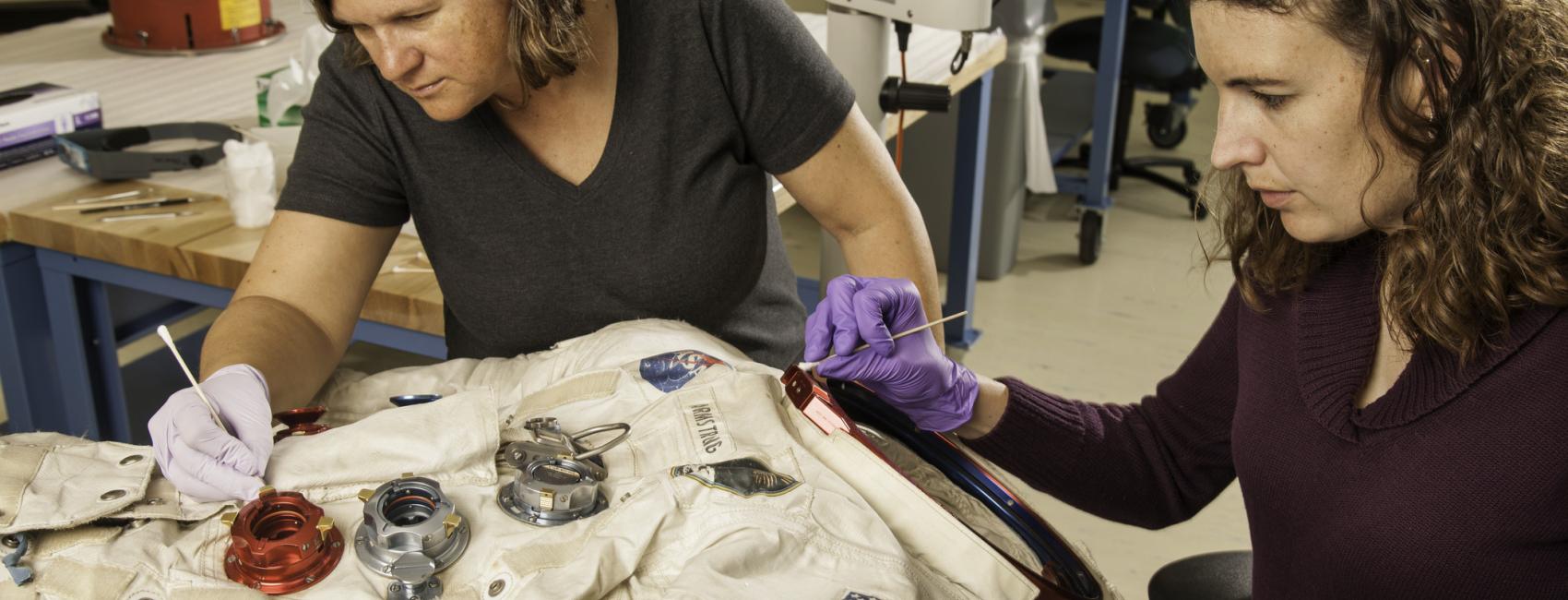
Back to School
Aug 29, 2019
By Elizabeth Borja

Aug 29, 2019
By Elizabeth Borja
As the summer comes to an end, it’s time for many to go back to school. Most students have mixed feelings of excitement and trepidation at the thought of returning. Imagine how the students at the earliest aviation schools felt!
One of the earliest flying schools was established in 1910 by Orville and Wilbur Wright in Alabama, at the current site of Maxwell Air Force Base. They quickly moved operations to their hometown of Dayton, Ohio, at Huffman Prairie Flying Field. Notable students included: Henry H. "Hap" Arnold; Thomas DeWitt Milling; John Rodgers; and his cousin, Calbraith Perry Rodgers.
Ever competing against the Wright brothers, Glenn H. Curtiss established the Curtiss Flying School in San Diego, California, in 1910. He expanded to Miami and then his hometown of Hammondsport, New York.
In 1915, Curtiss expanded flying school operations north of the border to the Long Branch Aerodrome in Toronto, Canada. Instructors included Victor Vernon and John Guy Gilpatric.
The Moisant Family—John, Alfred and Matilde—helped spark America's early interest in aviation. John trained at the Bleriot School in France. Alfred opened the Moisant Aviation School in 1911 and Matilde was an active participant, becoming the second woman in the United States to earn her pilot’s license.
John E. Sloane (who just happened to be Thomas Edison’s son-in-law) developed his own aircraft and then opened his own school of aviation at Dominguez Field, Los Angeles, and Mineola, Long Island, where students trained on his own designs. John Guy Gilpatric, one of the youngest early aviators, actually began his career with Sloane and then moved on to Curtiss.
Early American flying schools were not open to African Americans. Bessie Coleman had to travel to France’s École d'Aviation des Frères Caudron to learn to fly.
In 1931, Cornelius Coffey graduated as part of the first all-black class at the Curtiss-Wright Aeronautical School. He and John C. Robinson returned to Chicago to create the Challenger Pilots Association, opening the first airport built for African Americans in Robbins, Illinois. With his wife Willa Brown, he then opened the Coffey School of Aeronautics to train African American pilots, both men and women.
The Advanced Flying School at Tuskegee, Alabama, was the first military school of aviation to train African Americans. The first class of Tuskegee Airmen graduated on March 7, 1942. Benjamin O. Davis, the first commander of the Tuskegee Airmen, became the first African American general in the United States Air Force.
The original caption for this photograph reads: "The first class of Negro pilots in the history of the U.S. Army Air Corps was graduated at the Advanced Flying School, Tuskegee, Ala., today (March 7, 1942) when ‘wings’ and commissions as second lieutenants in the Air Corps were presented by Major General George E. Stratemeyer, Commanding the Southeast Air Corps Training Center. Among the members of the class shown here listening to one of their instructors, Lieut. R.M. Long, left, are: G.S. Roberts, of London, W.Va.; Capt. B.O. Davis of Washington, D.C.; C.H. DeBow of Indianapolis, Ind.; Mac Ross of Dayton, Ohio; and L.R. Curtis of New Rochelle, N.Y. It is expected that they will be assigned to the 99th Pursuit Squadron, only Negro Squadron in the Air Corps. Other Negro aviation cadets now in training are expected to be commissioned in the near future."
Regardless of their feelings about school, most students will complete the first few weeks and be glad they don’t look like these fellows (though they may feel like it)!
John E. Considine, Ken Pence, and Roger Hanks (left to right) at Stead Air Force Base, Nevada, 1966. This picture was taken after the completion of the escape and evasion/survival portion of a three week survival training school.

We rely on the generous support of donors, sponsors, members, and other benefactors to share the history and impact of aviation and spaceflight, educate the public, and inspire future generations. With your help, we can continue to preserve and safeguard the world’s most comprehensive collection of artifacts representing the great achievements of flight and space exploration.
We rely on the generous support of donors, sponsors, members, and other benefactors to share the history and impact of aviation and spaceflight, educate the public, and inspire future generations. With your help, we can continue to preserve and safeguard the world’s most comprehensive collection of artifacts representing the great achievements of flight and space exploration.